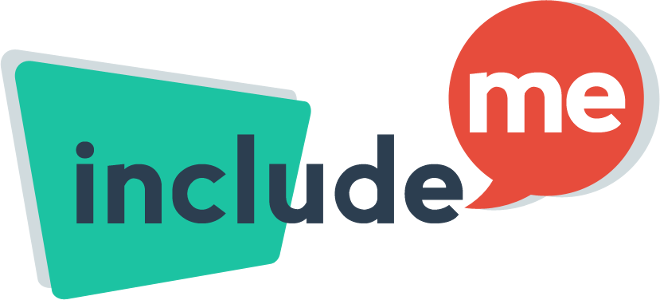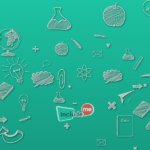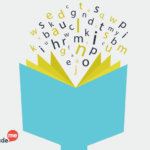The Internet plays a major role in the lives of young people today. Children and youngsters engage in online activities both inside and outside the classroom. Formally, that is in the school, young people use the Internet for instance, when searching for information and when completing tests. Informally, that is in their spare time, they chat with friends, play online computer games and are involved in various social media activities, etc. Both students and teachers can find practically any kind of information they want on the Internet. They can access newspapers, encyclopedias, history sites, film guides, lyrics, and watch movies together. However, due to the size of the Internet and the vast amount of online information there is, it may be difficult to find the spot-on information that one is searching for, because it is a skill that must be acquired.
Thus if teachers want their students to do successful searches on the Internet, they have to teach them this skill, and they have to know how to do it.
Ironically, youngsters are often more computer savvy than the teachers.
Teachers/youth workers can ask themselves:
- Would digital images help students understand a concept or topic? For example, could they use the net to see images of black holes in space, historic photographs, artwork, or to look at satellite imaging or MRI scans? Would this help students with a difficult concept?
- Can the impact of the lesson be enhanced through students communicating via email or Facebook with peers in other cities, or other cultures, or through contact with “experts” in a field?
- Will students be asked to create and conduct surveys, make presentations, conduct in-depth research, or work in teams?
If “yes” , they should seriously consider using Internet, especially with poor performing students. Used well, the Internet is a great tool for learning.
Young people use YouTube tutorials on various subjects: from language learning to how to make an origami, to make-up tips. This potential should not be neglected by the formal education practitioners and can contribute greatly to the general learning of students.
Young people can access various apps on their smartphones that can help their learning and generally diversify their access to learning. To name just a few: Skype-for distant learning, TEDex- talks on many topics, Snapchat- sending clues for different tasks/lectures, Instagram, Twitter, Youtube (already mentioned as an excellent tool), Maps, Downloading books, Blogs, Using phones for taking notes, Wikipedia, Voice recording, e-learning platforms (e.g. Moodle), Online simulators, etc.
Young people can access various apps on their smartphones that can help their learning and generally diversify their access to learning.
To name just a few: Skype-for distant learning, TEDex- talks on many topics, Snapchat- sending clues for different tasks/lectures, Instagram, Twitter, Youtube (already mentioned as an excellent tool), Maps, Downloading books, Blogs, Using phones for taking notes, Wikipedia, Voice recording, e-learning platforms (e.g. Moodle), Online simulators, etc.









Recent tips